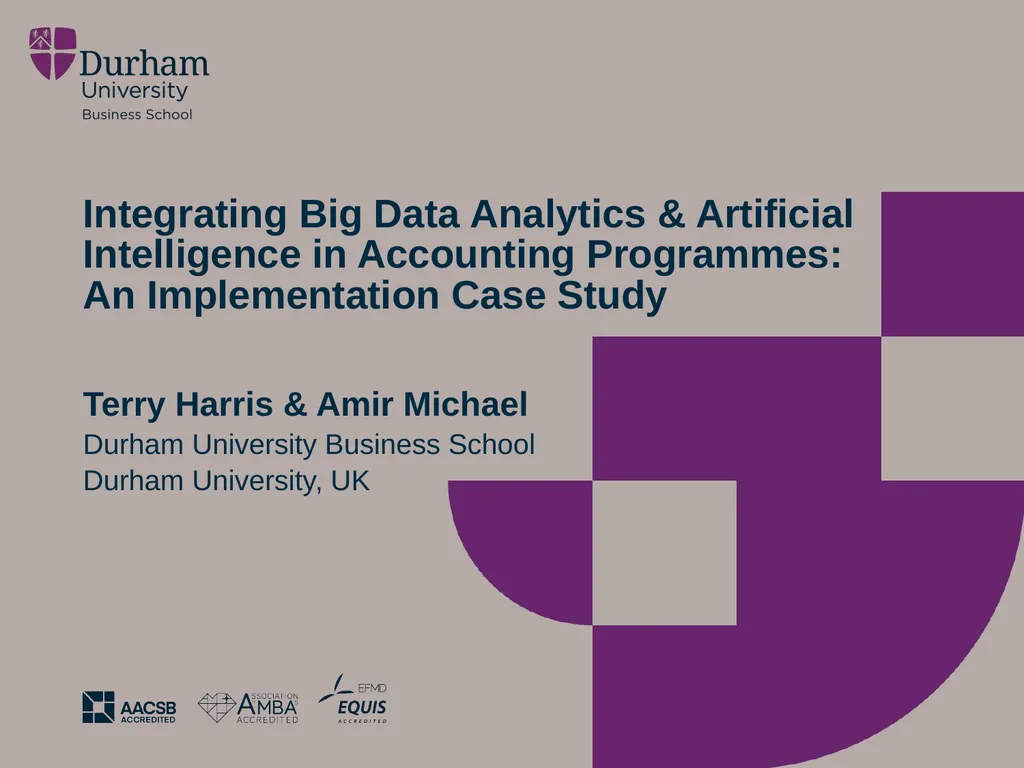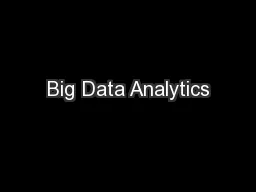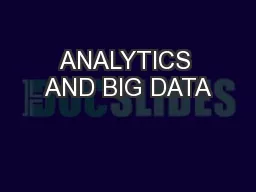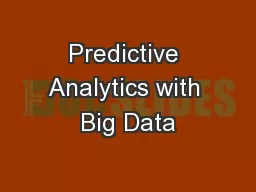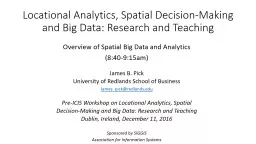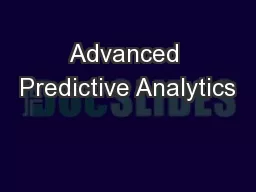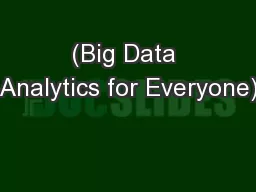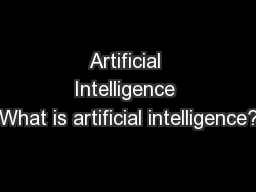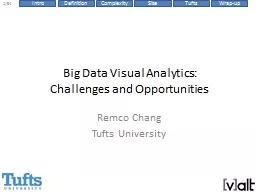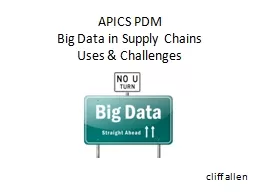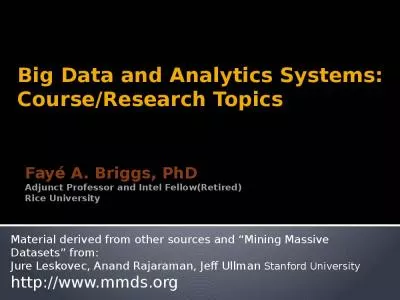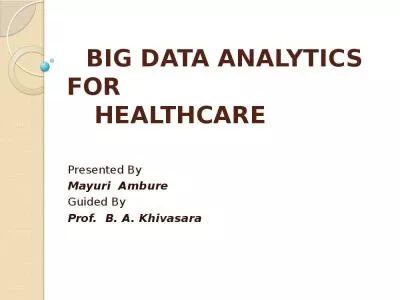Integrating Big Data Analytics & Artificial
Author : tatiana-dople | Published Date : 2025-06-23
Description: Integrating Big Data Analytics Artificial Intelligence in Accounting Programmes An Implementation Case Study Terry Harris Amir Michael Durham University Business School Durham University UK Introduction Big Data is characterised by
Presentation Embed Code
Download Presentation
Download
Presentation The PPT/PDF document
"Integrating Big Data Analytics & Artificial" is the property of its rightful owner.
Permission is granted to download and print the materials on this website for personal, non-commercial use only,
and to display it on your personal computer provided you do not modify the materials and that you retain all
copyright notices contained in the materials. By downloading content from our website, you accept the terms of
this agreement.
Transcript:Integrating Big Data Analytics & Artificial:
Integrating Big Data Analytics & Artificial Intelligence in Accounting Programmes: An Implementation Case Study Terry Harris & Amir Michael Durham University Business School Durham University, UK Introduction Big Data is characterised by three attributes: Velocity, Variety and Volume (Laney, 2001) in addition to Veracity and Volume (5Vs) Big Data results from two trends: plummeting cost of storage, and innovative means to analyze and interpret data. Changes needed to accounting education to better prepare students to effectively utilize Big Data are just beginning to emerge. Not only are Big Data skills such as database analyses, visualisation creation, and tool selection required, graduates are increasingly expected to be able to apply higher order thinking skills to related analyses. Shah et al. (2012) called these Big Data higher order skills Big Judgment. Big Data Education The presence of Big Data will likely require more significant changes than ever before, as we can expect an increase in both analytical skills and database skills being added to accounting curriculum. Yoon, Hoogduin, and Zhang (2015) suggest that there will not be enough trained accounting analysts to audit all the available data. Given the emphasis on data analytics, we suggest accounting education should train students to ask good questions. This training of higher order thinking skills is consistent with a number of recent directives by accounting education agencies such as the Accounting Education Task Force, the Pathways Commission, and the Association for the Advancement of Collegiate Schools of Business (AACSB). Asking Good Questions The task force calls for accounting education to better prepare students for long-term career demands and reduce emphasis on first job skills. Accounting education objectives should reflect how accountants add organisational value. We believe the ability to ask good questions is a long-term career skill particularly useful to organisational value. The Pathways Commission calls for graduates to comprehend emerging Information Systems (IS) technologies and to be able to employ quantitative methods and draw appropriate insights from an analysis. Asking Good Questions (Cont’d) The ability to ask good questions helps students qualify the insights generated by Big Data analyses. A recent AACSB accounting accreditation change (Standard A7) calls for more learning experiences with IS in accounting. Critical thinking has a number of definitions, most of which share common elements such as the ability to work on unstructured and unfamiliar problems, the acquisition and evaluation of information and knowledge (McPherson, 1996), the ability to apply rationality
